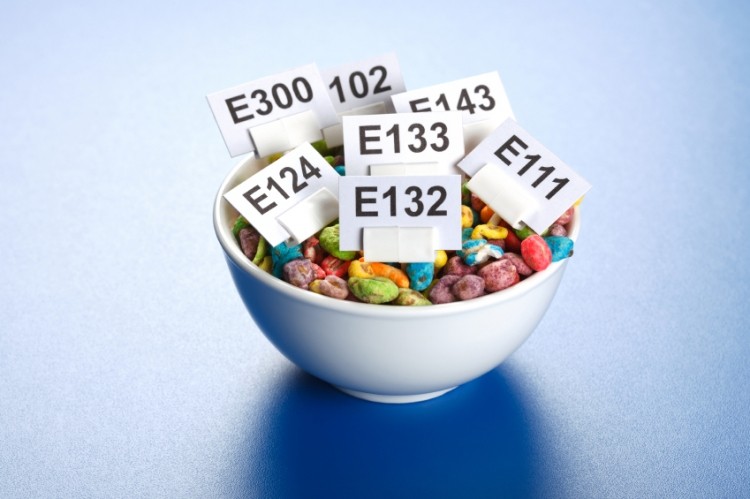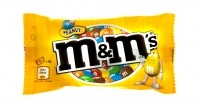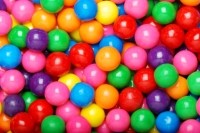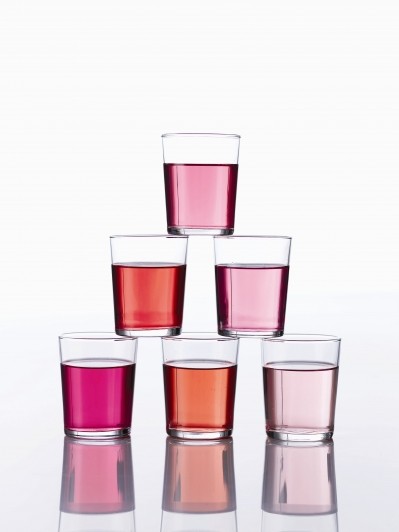Great expectations: Can industry meet consumer colour demands?

So is Mars just following its peers in the food industry? The switch to natural colours can be a minefield for food and drink manufacturers, especially in the confectionary industry, which sells to a young demographic.
The Southampton Six: Unsafe or wrongly accused?

The answer lies in ongoing consumer fears about ingredients perceived as artificial or man-made. In 2007, researchers at Southampton University published their findings that linked the consumption of artificial colours and a sodium benzoate preservative with increased hyperactivity.
As a result of this, investigations by the European Food Safety Authority (EFSA) in 2009, decided that the “available scientific evidence does not substantiate a link between colour additives and behavioural effects” for any of the dyes and maintained the previously established ADI (acceptable daily intake).
In 2009, EFSA reduced the ADI of some of these colours not because of these findings but rather due to exposure studies carried out in rats.
The study and EFSA’s actions planted the seed of doubt in consumers’ minds. According to a National Marketing Institute study for colour and flavour firm Sensient, 52% of the total population were ‘very concerned’ about artificial colours in dairy products. ‘Kid-centric’ or categories where products are frequently eaten by children closely followed with 51% of consumers surveyed.
European food and drink manufacturers have essentially been left with no choice but to respond to the market trends for healthy eating and fewer chemicals in food and drink.
“Most of the large global artificial colour suppliers have already diversified into natural colours, because of the huge impact of the Southampton study in the EU,” said John George, Ingredients Analyst at Euromonitor.
“Other firms should recognise that whether or not regulatory bodies classify the ingredients as safe is now irrelevant as consumers are simply no longer willing to accept artificiality.”
According to George, the majority of consumers are currently unlikely to be aware of the difference between natural colours and colouring foods, as the biggest concern is to see the removal of artificial colours.
However, the additive nature of natural colours coupled with the fact consumers are paying greater attention to the contents of their foods, means that the profile of colouring foods is likely to grow rapidly.
Research from Mintel and Leatherhead Food Research revealed that natural colours overtook artificial or synthetic colours for the first time in 2011.
Furthermore, the use of natural colours in new launches of food and drinks outweighed the use of artificial or synthetic colours by 2:1 on a global basis. Overall, Europe leads the way with natural colours used in 85% of new product launches between 2009 and 2011.
The reformulation challenge

Consumers pushing for change seem to have achieved it as evidenced by these latest figures. This is despite the complexities that come with reformulating best-selling products.
Mars recently stated that replacing artificial colours across all its products take about five years to develop the full range of alternatives and to go through the process of obtaining regulatory approval.
The use of natural colours comes with their own unique set of challenges. They’re not considered light stable and will fade quickly on the supermarket shelves. Other colours are not heat stable and can change in colour when heated or baked.
The majority of natural colours have a shelf life of around 6 months before its use in the finished product in contrast to years for its artificial equivalent. Storage conditions need to be considered as some natural colours may require cold storage.
And of course, there is cost. Natural colours can cost as much as twenty times the price of artificial colours.
Crown the consumer
In a paper published in 1997, Nestle’s Don Zink, predicted consumers would continue to exercise their views on artificial colours in the products that they buy as their preference for all natural additives and clear labelling will continue to gather pace.
“The trend toward foods that claim to enhance health during longer life-spans, will continue,” he said.
“With increased demand, the pressure on the food industry for better processing and preservation methods will also increase.”
Fast forward to 2016, and this pressure continues to mount on an industry that needs to be actively seen responding to consumer preferences. Out of the top ten US packaged food companies in 2015, only Pepsico and ConAgra have not made some sort of claim relating to the removal of artificial colours from their products in the past year or so.
“That’s not to say these companies do not use any natural colours, however their portfolios still contain products with artificial colouring ingredients, making them vulnerable to clean label conscious consumers,” said George.
“Companies which only made pledges relating to a limited product range, such as Nestlé with confectionery and Kraft-Heinz with their macaroni and cheese product, could come under renewed scrutiny.”




